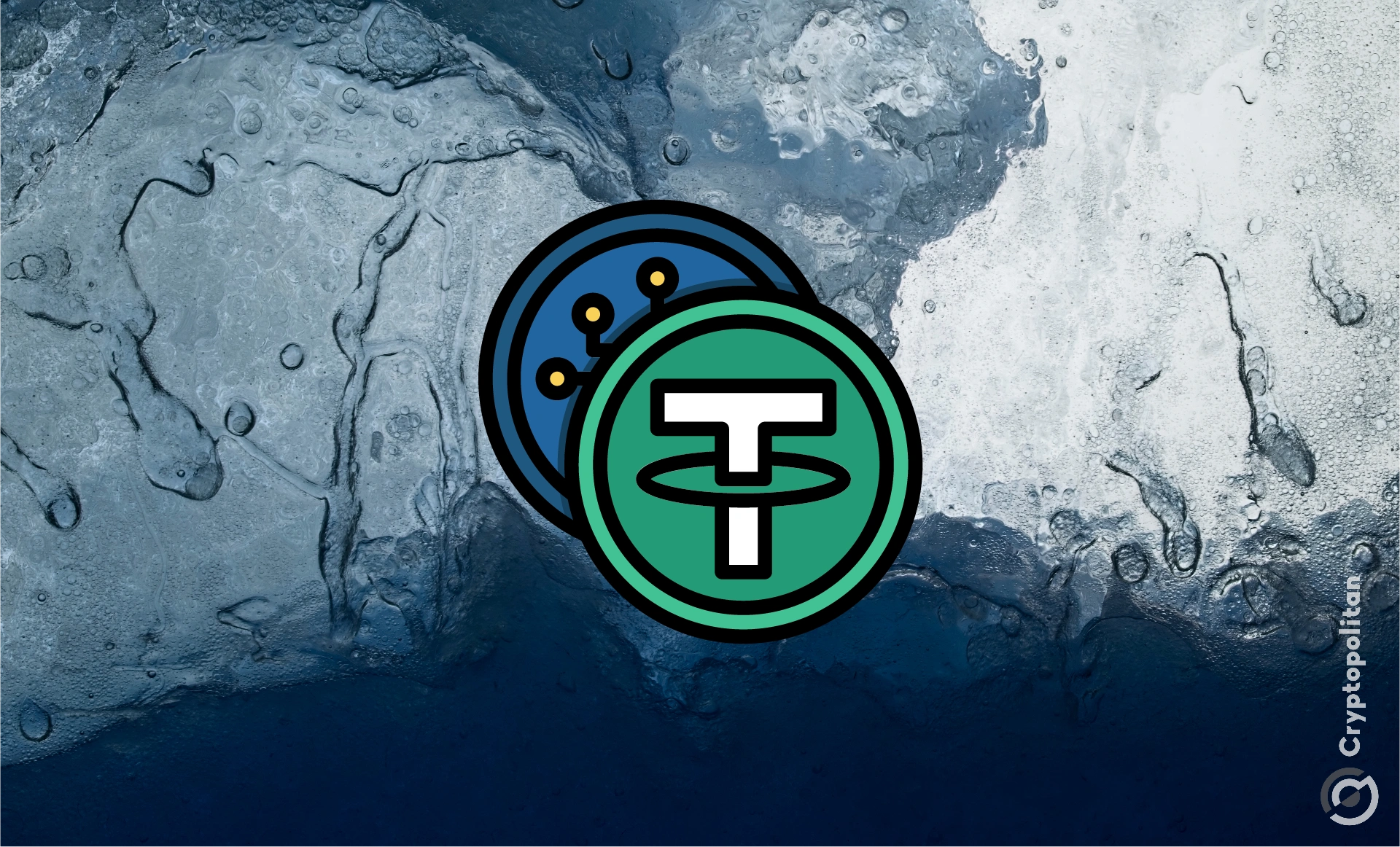Cumberland, the crypto liquidity provider, is becoming a major redistributor of Tether (USDT) during the last few liquidity tranches. Tether, Inc. minted and distributed as much as 1.3B tokens in the past weeks, as a response to the market correction.
Tether, Inc. uses Cumberland for the latest liquidity injections, redistributing as much as $1B in value into centralized exchanges. The markets have already reached a consensus that USDT injections affect the price of Bitcoin (BTC), but the issuer has moved on from the strategy of directly injecting funds into Bitfinex.
In the past eight days, in response to the market correction, more than 1B USDT were sent to the market with Cumberland as the intermediary. The transactions give a glimpse of all liquidity targets.
After the intervention of Cumberland, similar transaction activity was seen from Jump Crypto, the investment fund that recently started liquidating its ETH holdings. Overall, liquidity injections are seen as bullish, and some interpret the involvement of Cumberland as institutional interest.
In just 8 days, #Cumberland has injected 1.04B $USDT into the crypto market!
An hour ago, #Cumberland received 141.5M $USDT from #TetherTreasury again and transferred it to #Kraken, #OKX, #Binance, and #Coinbase.
Address:
0x1dBbBC3Fdb2C4FaBd28fd9b84Ed99ceb84BfBeC5 pic.twitter.com/H692cdOJtY— Lookonchain (@lookonchain) August 13, 2024
USDT injections have temporary effect on BTC
The transfers have reached major exchanges like Binance, Kraken, and OKX. The liquidity also anticipates the selling of old Bitcoin (BTC) from Mt. Gox compensation. Most of the newly minted USDT are on the Ethereum blockchain, outside of the TRON ecosystem. However, some of the injected USDT have been originally minted on the TRON blockchain, then chain-swapped to Ethereum-based tokens.
The recent expansion of the USDT supply helped BTC temporarily, leading to a hike above $61,000. Later, the leading coin sank again to $59,307.43, due to selling pressure on the spot market. Despite the higher injected supply, the turnover of USDT remains unchanged at around $55B in 24 hours.
As a result of recent liquidity injections, the total supply of USDT is now above 116.18B, more than doubling in the past two years. As a rule, the USDT issued is covered by the reserves of Tether, Inc. In the past, USDT has been issued against a crypto-collateral in excess of the liquidity loan, as in the case of Celsius.
The growth of USDC is slower, up to 34.49B with gradual mints over the past months. Algorithmic and collateralized stablecoins have stagnated or even diminished their supply due to market risks, leaving USDT to expand far ahead of other assets. The crypto market still has strong demand for stablecoins for reserves and collaterals, and so far USDT has survived despite turbulence and bear markets.
Cumberland involvement brings out Tether skeptics
Cumberland has been involved with Ethereum-based USDT during previous turbulent times on the market, with active injections in April. The current round of injections has boosted market prices, sending BTC above $61,000.
Analysts and traders also reveal concerns of potential market contagion due to injecting assets with no traceable backing. The current question is whether Cumberland has access to any collateral in providing the USDT liquidity, and whether it is really a source of deep liquidity, or simply a conduit for USDT. Additionally, on-chain analysis has shown links between Cumberland’s wallets and the Wintermute liquidity provider, which obscures the origin of part of the USDT issued.
Previously, Cumberland was just one among the many distributors of USDT. The company worked together with now-defunct Alameda Research and Three Arrows Capital, to distribute as much as $60B in USDT during the 2021 bull market.
Cumberland is a subsidiary of DRW, the quant modeling and trading company founded by Donald Wilson. Cumberland has had a track history since 2014, but only lately became a notable player during some of the biggest crypto bull markets in history. Despite its prominent profile, Cumberland DRW LLC holds a legal address in a shared office space building.
The crypto wallets of Cumberland are also closely watched, especially for its role as a distributor of USDT. On-chain data identified by Arkham Intelligence show Cumberland has $66.15M in various crypto holdings, but much higher volumes go through its forwarder address.
Wallet research shows some of the centralized activity is tied to high-activity wallets, which connect to other whales for repetitive USDT transactions.
Cryptopolitan reporting by Hristina Vasileva





